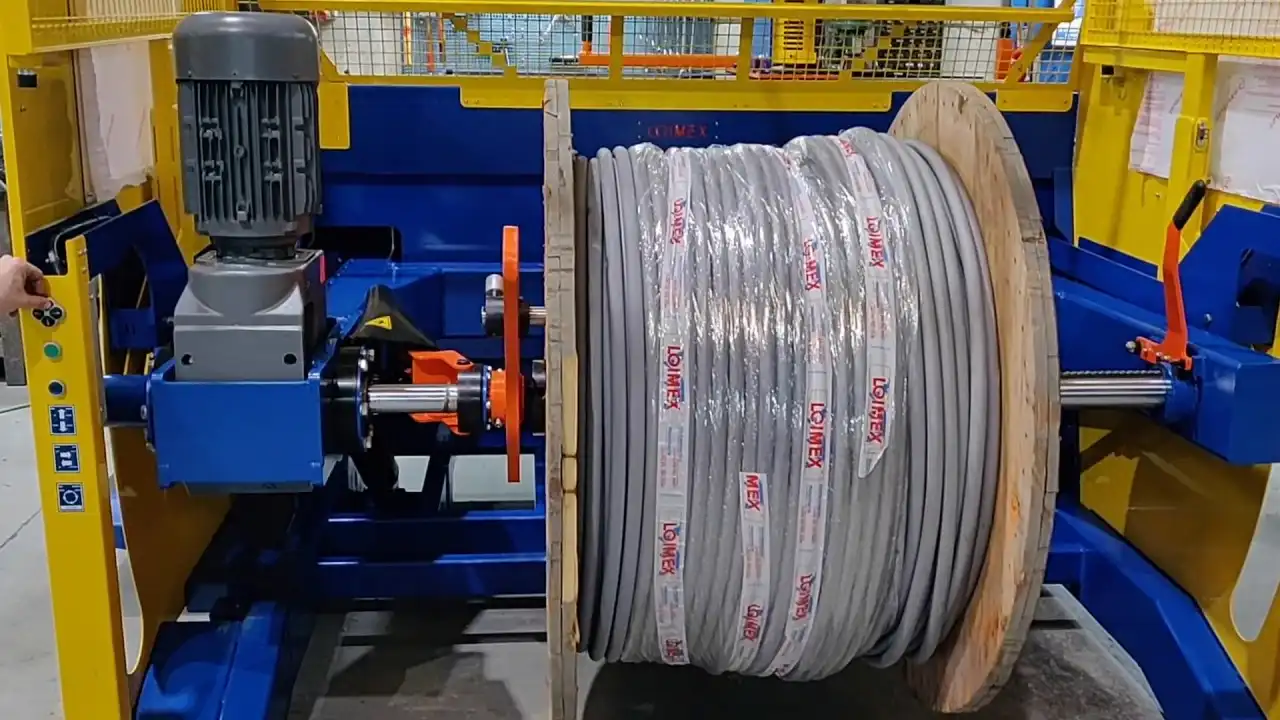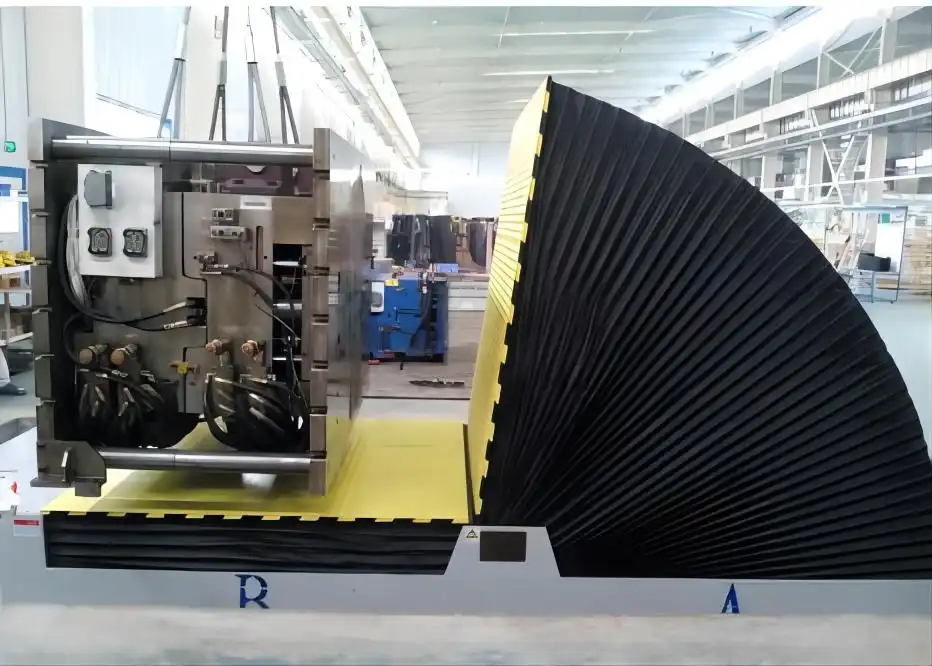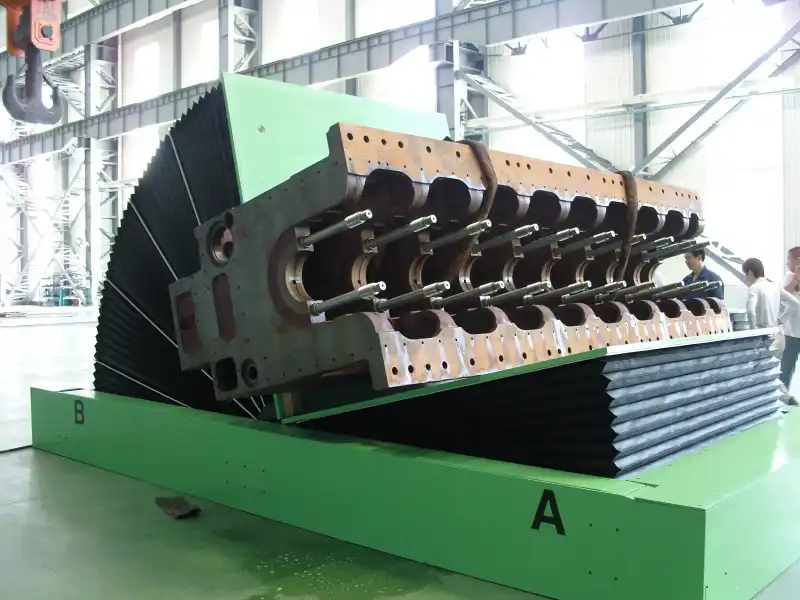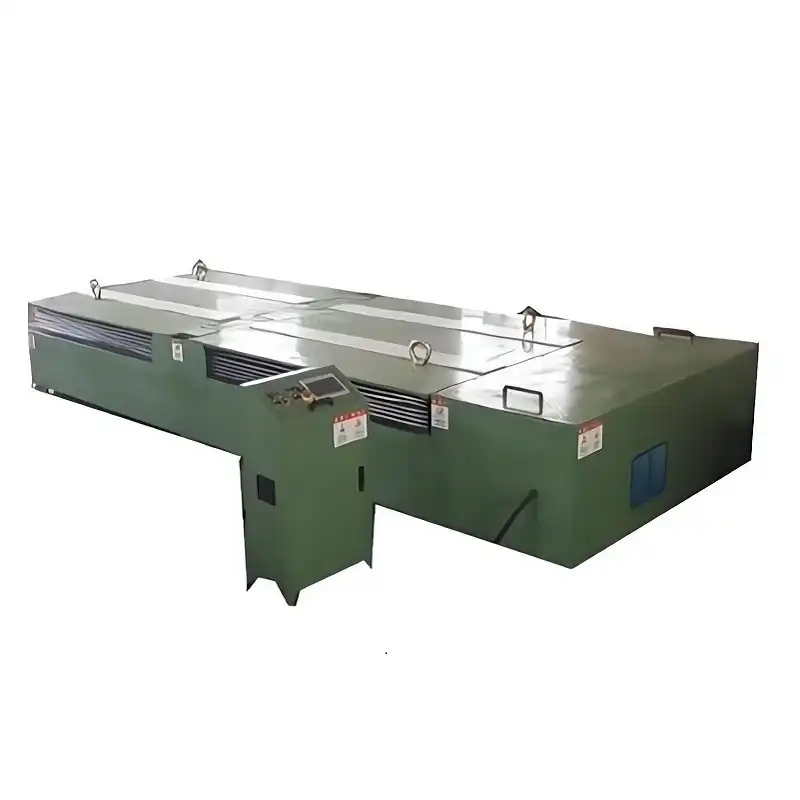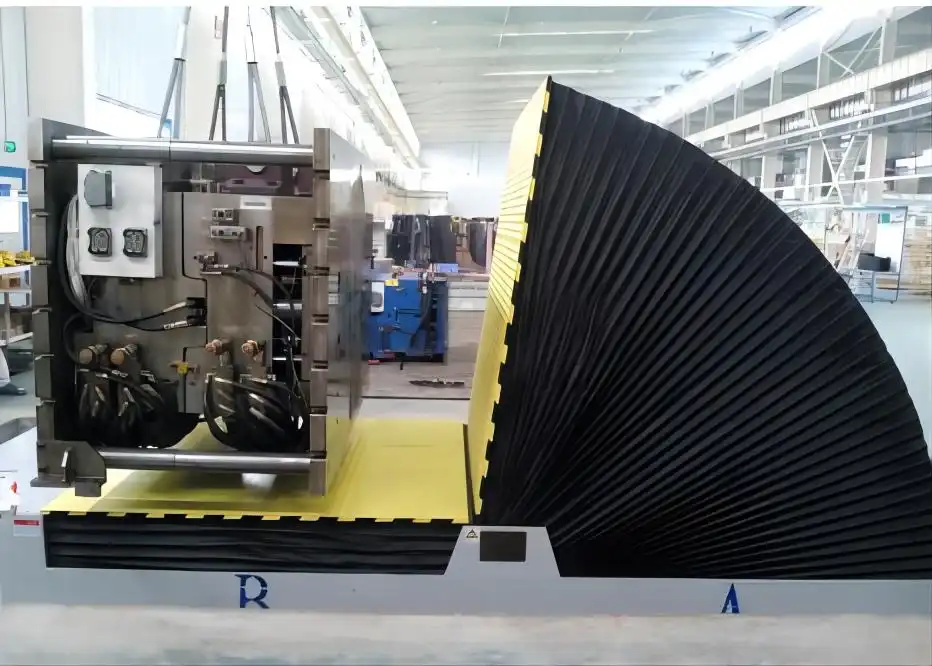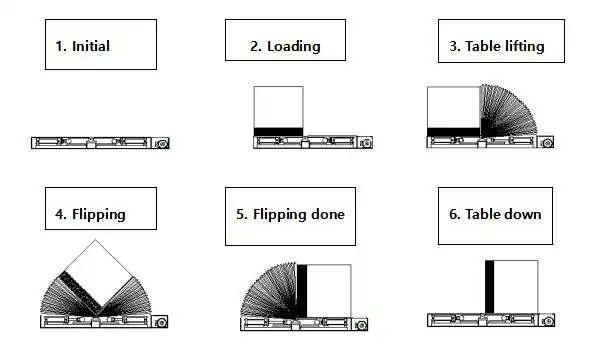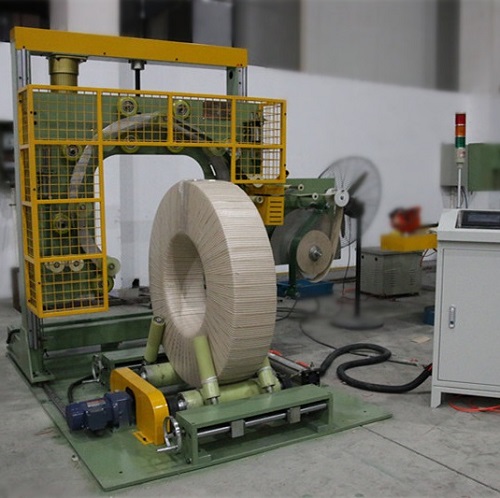The Importance of Coil Cradles in Safe Coil Handling
Handling heavy steel coils poses significant risks, from dangerous falls to product damage. Are you confident your current processes fully mitigate these hazards? Implementing effective coil cradles and handling solutions is not just about storage; it’s a critical investment in preventing accidents, protecting valuable materials, and ensuring operational continuity. Don’t let outdated methods compromise your safety record and bottom line.

Coil cradles are essential for safe coil handling as they provide stable support, preventing heavy coils from rolling or falling during storage and transport. By distributing weight evenly and securing the coil’s position, cradles drastically reduce the risk of accidents involving personnel or equipment, minimize product damage, and facilitate safer, more efficient movement within a facility or during transit.
Understanding the fundamental principles of safe coil handling and the specific role of proper support structures is key to optimizing your operations. Dive deeper to explore how integrating effective coil cradles and related equipment can transform your approach to safety and efficiency.
Why Safety is Paramount in Coil Handling
Handling massive steel coils presents inherent dangers that demand rigorous safety protocols. Ignoring safety in this area can lead to severe injuries, fatalities, and significant financial losses through damaged goods and operational downtime. Prioritizing safety isn’t just compliance; it’s a moral and business imperative.
Ensuring workplace safety when handling steel coils involves a multi-faceted approach, starting with proper training in lifting techniques and equipment use like cranes, forklifts, and specialized coil lifters. Workers must wear appropriate PPE, including steel-toed boots and protective clothing, to guard against physical hazards. Crucially, implementing noise control protects against hearing damage from heavy machinery. Steel coils themselves require secure storage on stable surfaces using racks or pallets designed for weight, either stacked "eye to the sky" or upright. Clear labeling and designated pathways further enhance a safe working environment.
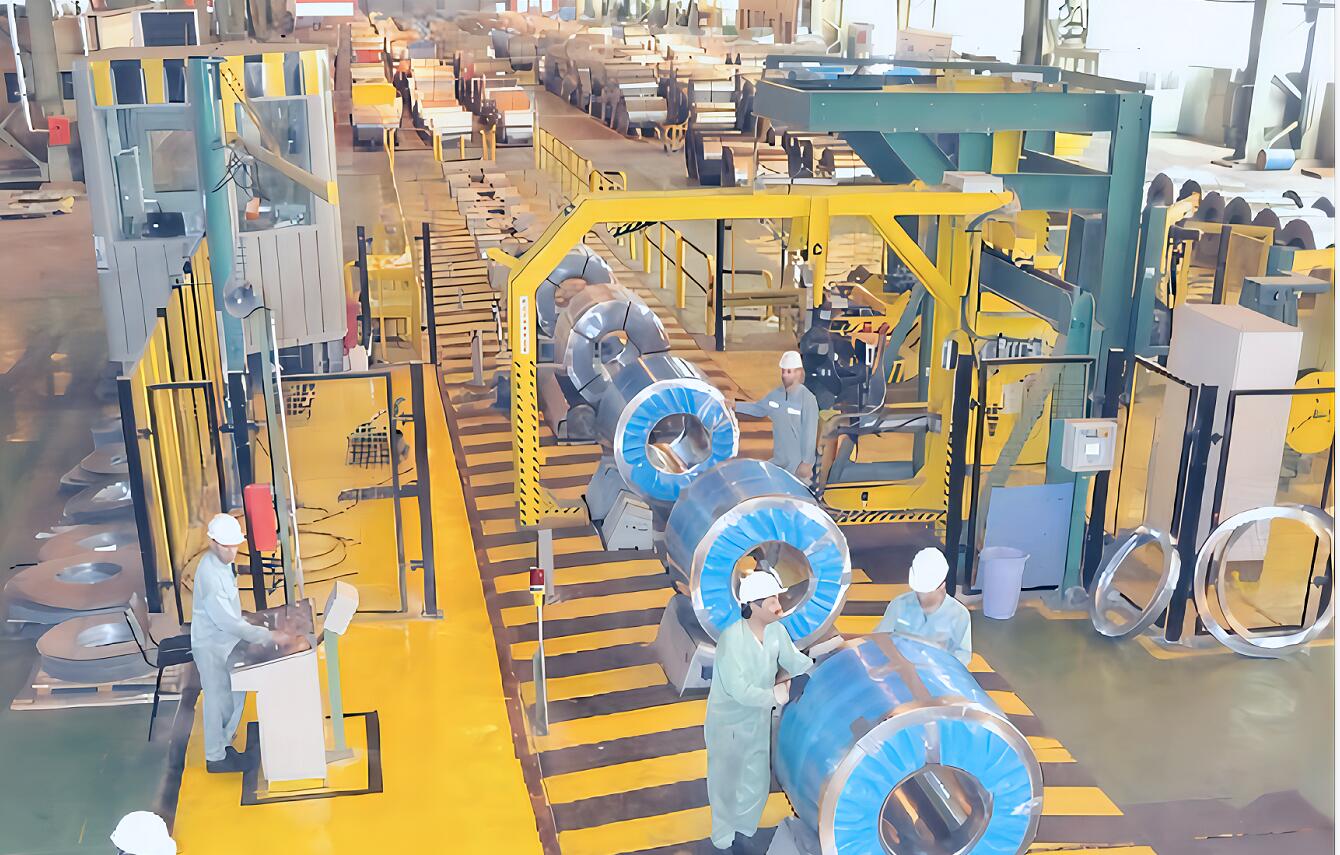
Enhancing Safety Through Proper Equipment and Practices
The sheer weight and shape of steel coils necessitate specialized equipment designed to provide secure support, effectively acting as cradles during various stages of handling. Using the right tools for the job, combined with stringent procedures, forms the bedrock of a safe operation.
The Role of Support Structures (Cradles, Racks, Pallets)
Purpose-built coil racks and pallets serve as static cradles for storage, holding coils securely to prevent accidental rolling or falling. Whether storing coils "eye to the sky" or "eye to the side," these structures must be robust and designed to handle the immense weight. Storing "eye to the sky" maximizes space but requires careful consideration of stability, often using chocks or simple cradles. Storing "eye to the side," common for work-in-progress coils fed into roll formers, necessitates racks or pallets with specific contours or supports to prevent tilting and facilitate easy access for loading onto decoilers. Mobile coil pallets offer flexibility in compact spaces, acting as portable cradles.
Safe Lifting and Movement Techniques
Moving coils requires dynamic cradling solutions provided by lifting attachments like C-hooks, coil grabs, and specialized lifters. These tools are designed to interface directly with the coil, supporting its weight and shape during transit. C-hooks, for horizontal coils, cradle the coil from underneath via the eye, avoiding surface contact. Coil grabs use arms that insert into the eye, providing a secure grip. Vertical lifters cradle vertically stacked coils. The design of these lifters ensures the load is stable and damage-free during movement. Regular inspection and maintenance of all lifting equipment, coupled with proper training on their use and weight limitations, are non-negotiable for preventing accidents.
Workplace Safety Protocols
Beyond equipment, human factors are critical. Thorough training in safe lifting techniques, awareness of pinch points, and maintaining clear communication during lifts are vital. Establishing clear loading and unloading procedures, securing coils properly during transport (even within the facility), and ensuring designated walkways are kept clear are fundamental. Companies must also plan for emergencies, including understanding how stored coils might behave in a fire scenario and communicating this to first responders.
Proper cradling and support systems, whether static storage racks or dynamic lifting attachments, directly address the primary risks associated with coil handling – uncontrolled movement and falls. By investing in appropriate equipment and embedding a strong safety culture through training and clear procedures, businesses can significantly reduce accidents and protect their workforce and assets.
| Hazard | Risk | Cradling/Support Solution | Safety Benefit |
|---|---|---|---|
| Coil Rolling/Falling | Crushing injuries, equipment damage | Secure racks, pallets, chocks, coil cradles | Prevents uncontrolled movement |
| Dropping Coil During Lift | Severe injury/fatality, coil damage | Appropriately rated lifters (C-hooks, grabs) | Provides stable, secure grip |
| Damaging Coil Edge/Surface | Product loss, equipment jam | Padded lifters, specific cradles, careful placement | Protects sensitive areas of the coil |
| Equipment Overload/Failure | Accidents, downtime | Using equipment rated above coil weight | Ensures structural integrity under load |
| Pinch Points During Loading | Hand/finger injuries | Proper lifting attachments, clear procedures | Minimizes need for manual manipulation near coil |
Coil Cradles: More Than Just Storage
While crucial for secure storage, coil cradles, racks, and pallets play a far more integrated role in the efficiency of coil handling workflows. They are not merely passive containers but active components in a streamlined material flow, enabling quicker processing and reduced downtime.
Coil cradles significantly enhance handling efficiency by facilitating smooth transitions between storage and production. Purpose-designed cradles, racks, and pallets allow coils to be easily accessed by appropriate lifting equipment and correctly oriented for loading onto machinery like decoilers, reducing manual effort and minimizing the time needed for coil changeovers, thereby boosting overall productivity.
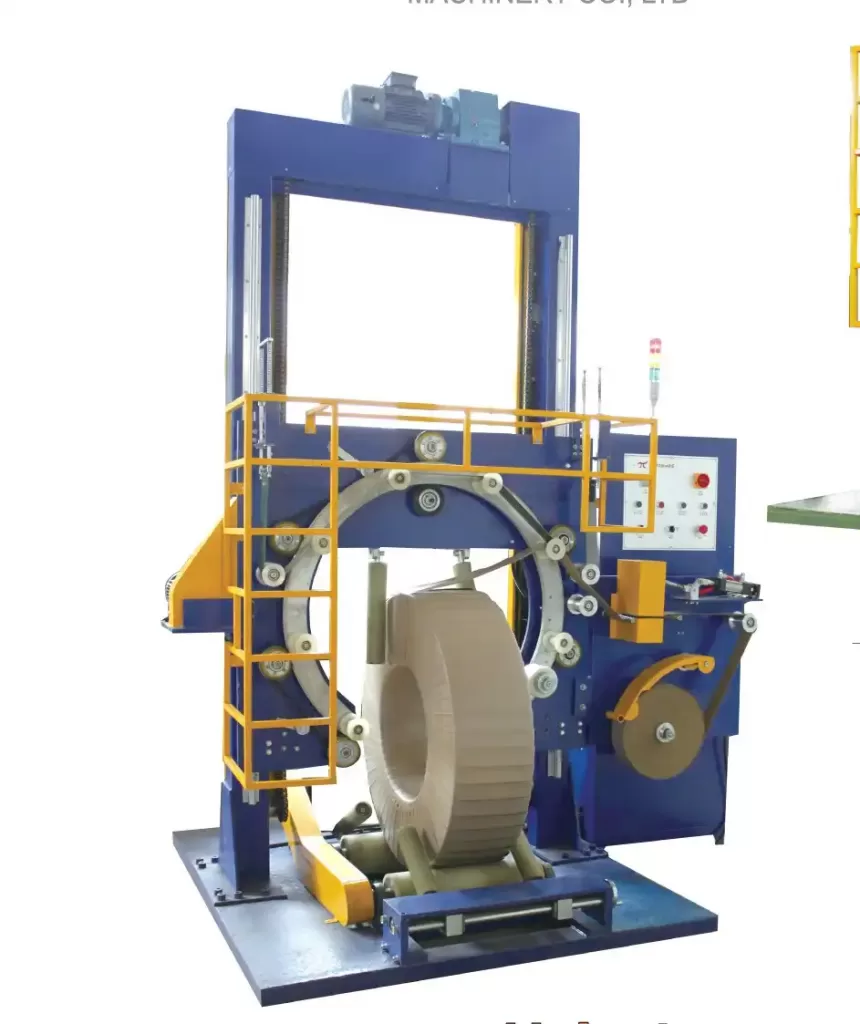
Optimizing Workflow and Product Integrity
Efficient coil handling is deeply intertwined with how coils are supported and moved. The right cradling and support systems streamline the entire process from receiving to production.
Choosing the correct storage strategy—"eye to the sky" for maximizing density or "eye to the side" for ease of feeding—is the first step, but implementing this efficiently relies on appropriate racks and pallets. Racks designed for "eye to the side" storage position coils optimally for the decoiler mandrel, reducing the need for additional handling or complex maneuvers. Systems like fixed or traveling gantries, often incorporating features that cradle or securely hold the coil during de-strapping and positioning, drastically cut down coil changeover times to mere minutes.
Equipment like multi-directional forklifts further highlight the importance of versatile cradling capability. These forklifts can lift coils both "eye to the side" (using forks through the eye) or "eye to the sky" (using forks under a pallet or skid), securely cradling the load between the forklift legs for maximum stability, especially with heavy coils. This reduces handling steps and allows the same equipment to manage coils in different orientations and transport other materials like roll-formed products, improving operational flexibility.
Minimizing the number of times a coil is handled is a key benefit offered by integrated cradling and handling solutions. Each lift and move increases the risk of dropping, collision, or surface damage. By using systems that position coils correctly from the outset (e.g., loading directly from a supplier truck into a rack ready for decoiling) and using lifting equipment that provides a secure, non-damaging cradle, businesses can significantly reduce product waste caused by nicks or blemishes. A single edge nick can render large portions, if not the entire coil, unusable, leading to costly scrap and production delays. Quality control starts with careful handling, supported by the right cradling equipment. Ongoing training reinforces the importance of meticulous handling, reminding operators that familiarity should not breed complacency when dealing with heavy, valuable materials.
Mitigating Risks with Purpose-Built Cradling Solutions
The inherent risks of handling heavy, unstable coils demand more than just general safety measures; they require specific solutions designed to interact safely with the coil’s unique shape and weight. Purpose-built cradling and handling equipment are engineered precisely for this challenge.
Purpose-built coil cradles and specialized lifting equipment are crucial for mitigating hazards by providing tailored support that matches the coil’s dimensions and weight. Features like anti-clamp sensors, padded contact points, and precise engineering minimize the risk of crushing, dropping, or damaging the coil during movement, directly addressing common causes of accidents and material loss in coil handling operations.
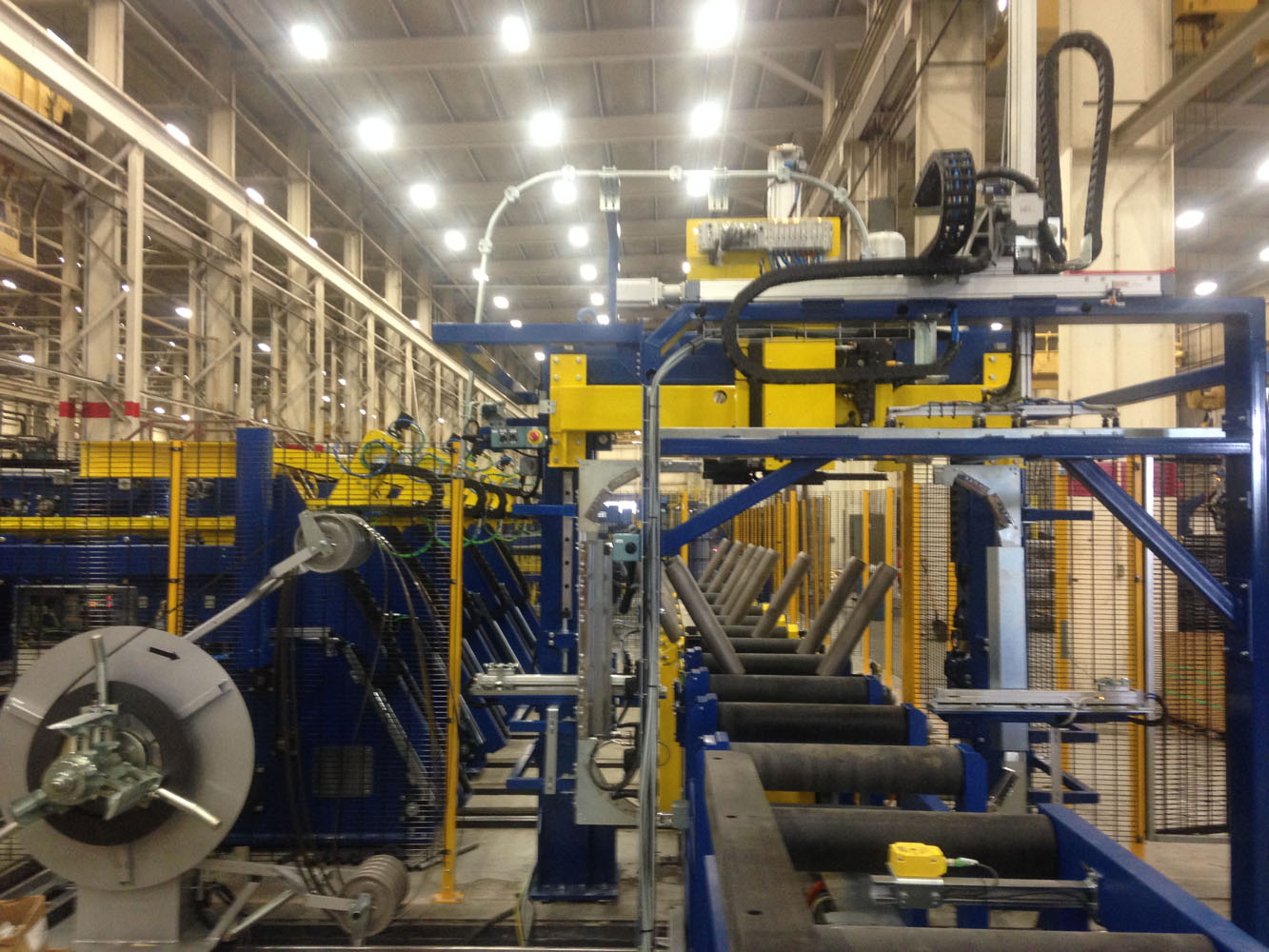
Addressing Common Hazards Head-On
Common hazards in coil handling stem largely from inadequate support, incorrect lifting, or inappropriate storage. Specialized cradling and handling equipment are designed with these specific issues in mind.
Preventing Drops and Collisions
One of the most critical risks is dropping a coil or causing it to collide with structures or other materials. Lifting equipment must be rated appropriately for the maximum coil weight handled – always overrated, never underrated. Purpose-built lifters like telescopic coil grabs feature mechanisms that ensure a secure grip within the coil eye, sometimes with lockout limit switches to prevent accidental leg opening. The design of C-hooks provides inherent stability when properly balanced. Furthermore, features like photoelectric sensors aid alignment, reducing the chance of collisions during placement.
Protecting Coil Edges and Surfaces
Coil quality is paramount, and damage during handling is a significant concern. Edge nicks or surface scratches can ruin extensive footage. Many modern cradling and lifting solutions incorporate protective features. C-hooks avoid contact with the coil’s edge and outer wrap. Coil grabs and lifters often have curved lifting feet and high-impact plastic toe rollers to minimize friction and prevent damage upon insertion. Urethane padding can be added to contact points on both lifters and storage cradles/racks to provide an extra layer of protection against dents or scratches.
Ensuring Equipment Compatibility and Load Stability
Using equipment that is not designed for coils, or improperly using the correct equipment, increases risk. Purpose-built cradles and lifters are engineered to fit the specific dimensions (width, ID, OD) and weight range of industrial coils, ensuring the load is properly supported and balanced. For instance, selecting the correct C-hook length or adjusting a telescopic grab to the coil width is crucial for stable lifting. For vertically stacked coils, vertical eye lifters are designed to engage the coil’s inner diameter securely. Regular maintenance ensures these complex mechanisms function as designed, preventing failures that could lead to drops or loss of control. Automated handling systems, while requiring significant initial investment, reduce human error by consistently engaging and cradling coils from designated pick-up points, minimizing the risk of collisions or improper lifting angles.
By implementing lifting and storage solutions specifically designed to cradle and support heavy coils safely, businesses directly combat the most frequent and severe hazards. This proactive approach safeguards not only the workforce but also the valuable product itself.
| Hazard | Specific Risk | Purpose-Built Cradling/Handling Solution | Mitigation Mechanism |
|---|---|---|---|
| Dropping Coil | Equipment failure, improper lift, operator error | Appropriately rated lifters, secure grabs, limit switches, training | Ensures adequate capacity and proper engagement |
| Coil Rolling/Tilting | Unstable storage, improper placement | Contoured racks/pallets, secure cradles, flat/level surfaces | Prevents uncontrolled movement in storage/staging |
| Coil Edge/Surface Damage | Collision, abrasion, improper contact points | Padded lifters/cradles, curved feet, avoiding edge contact | Protects sensitive product areas during handling/storage |
| Load Instability | Off-center lift, incorrect equipment | Tailored lifters (C-hooks, grabs), multi-directional forklifts | Ensures load is balanced and supported correctly |
| Manual Handling Risks | Strains, pinch points, drops | Mechanical aids (gantries, cranes, forklifts, lifters) | Reduces need for manual intervention near heavy coils |
The Business Benefits of Investing in Safe Coil Handling Equipment
Investing in safe coil handling equipment like purpose-built cradles, racks, and lifters offers significant business benefits beyond just preventing accidents. It streamlines operations, reduces product damage and associated scrap, minimizes equipment wear and tear, increases efficiency by cutting down changeover times, and improves overall workflow, contributing to reduced operating costs, higher throughput, and a stronger reputation for safety and quality.
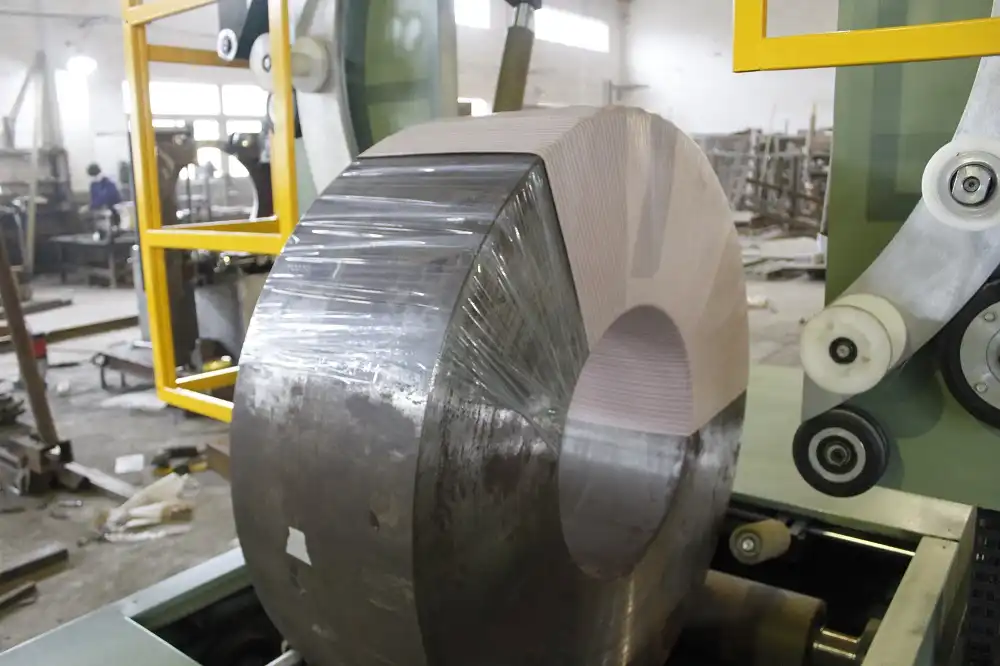
Beyond the paramount concern of human safety, the economic advantages of optimizing steel coil handling are substantial. Efficient material flow, starting with secure storage and ending with seamless integration into the production line, directly impacts profitability. Implementing robust inventory management systems is facilitated by organized storage using coil racks and pallets; knowing the location and status of each coil reduces waste and ensures the right material is available, preventing costly production delays. Designing workflows that minimize unnecessary coil movement, supported by strategic placement of racked coils near decoilers and efficient handling equipment, cuts down on labor and machine downtime. Quality control is enhanced when coils are handled carefully using protective cradles and lifters, reducing the likelihood of processing damaged material that leads to rework or scrap. Building relationships with reliable suppliers ensures a consistent flow of high-quality coils, but utilizing proper handling methods ensures that quality is maintained upon arrival and throughout the process. Finally, regularly maintaining the specialized handling equipment that cradles and moves coils is vital. Preventive maintenance schedules for lifters, cranes, and forklifts prevent breakdowns that cause unexpected downtime, extend the lifespan of expensive equipment, and ensure they continue to provide the secure support necessary for safe and efficient operations. Embracing these strategies, underpinned by the use of appropriate coil cradling and handling solutions, allows businesses to enhance efficiency, reduce costs, and improve overall operational effectiveness.
Conclusion
Handling heavy steel coils is a critical but challenging aspect of many industrial operations. As we’ve explored, the importance of coil cradles and purpose-built handling equipment cannot be overstated. They are fundamental to ensuring both worker safety and operational efficiency. By investing in the right storage solutions, specialized lifting attachments, and comprehensive training, companies can drastically mitigate risks, minimize product damage, and streamline their workflows. Prioritizing a safety culture and implementing best practices in coil handling leads to a safer workplace, reduced costs, and improved productivity, ultimately contributing to long-term business success. Explore solutions for optimized coil handling to enhance your operations.

